A remarkable discovery made over a century ago by a Scottish lawyer and antiquary, James Curle, has recently resurfaced as National Museums Scotland (NMS) successfully reconstructed a Roman arm guard from over 100 fragments. Dating back 1,800 years, this brass arm guard, initially believed to be part of chest and shoulder armor, is now recognized as a rare artifact, shedding light on the military prowess of ancient Rome.
Unearthing the Relic
Discovered at the Trimontium fort near Melrose in the Scottish Borders, the arm guard was first unearthed by James Curle in 1906. Originally thought to be chest armor, it wasn’t until the 1990s that the piece was identified as a Roman arm guard. The fort, overlooking the three Eildon Hills, served as a crucial outpost for Roman forces between 79 to 184 AD, making the find significant in understanding Roman military presence in the region.
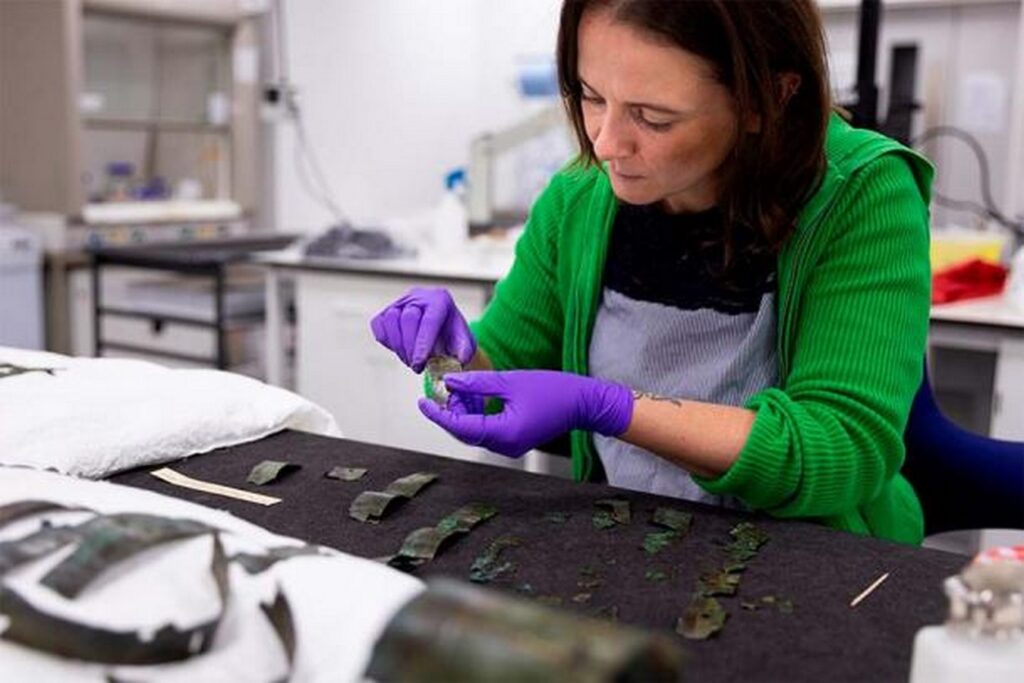
The Magnificence of the Arm Guard
Dr. Fraser Hunter, principal curator of prehistory and Roman archaeology at NMS, described the arm guard as “absolutely amazing,” noting its rarity as only the third of its kind known to exist. With its ornate brass strips and scaled design, the arm guard would have not only provided protection but also signified the wearer’s rank amidst the chaos of battle, possibly belonging to a high-ranking centurion.
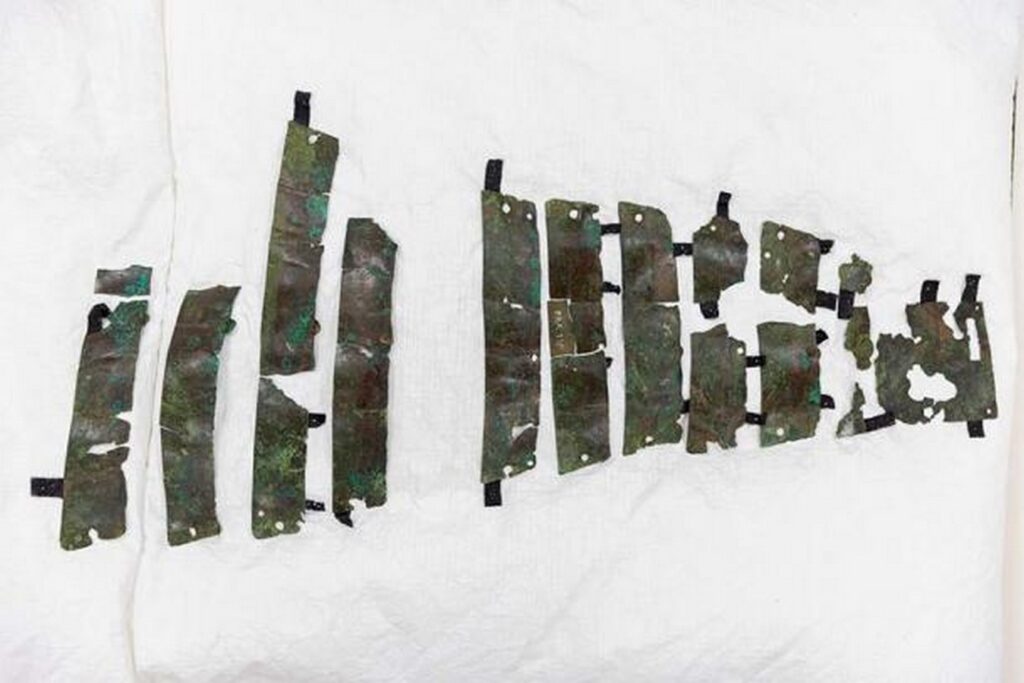
Reconstruction Process
The reconstruction of the arm guard proved to be a challenging yet rewarding endeavor, akin to solving a historic jigsaw puzzle. Bethan Bryan, NMS’s artifact conservator, described the meticulous process, which took about three weeks to complete. Despite the daunting task of piecing together tiny fragments, the effort paid off, revealing the arm guard’s intricate design and craftsmanship.
Historical Context
The discovery of the arm guard offers valuable insights into Roman military presence in Scotland during the imperial period. Trimontium’s strategic location on the border between Caledonia (north of the River Forth) and Britannia (south of the River Forth) underscores its importance in Roman conquest efforts. The arm guard, left behind when the Romans abandoned Trimontium, provides a tangible link to this pivotal era in history.
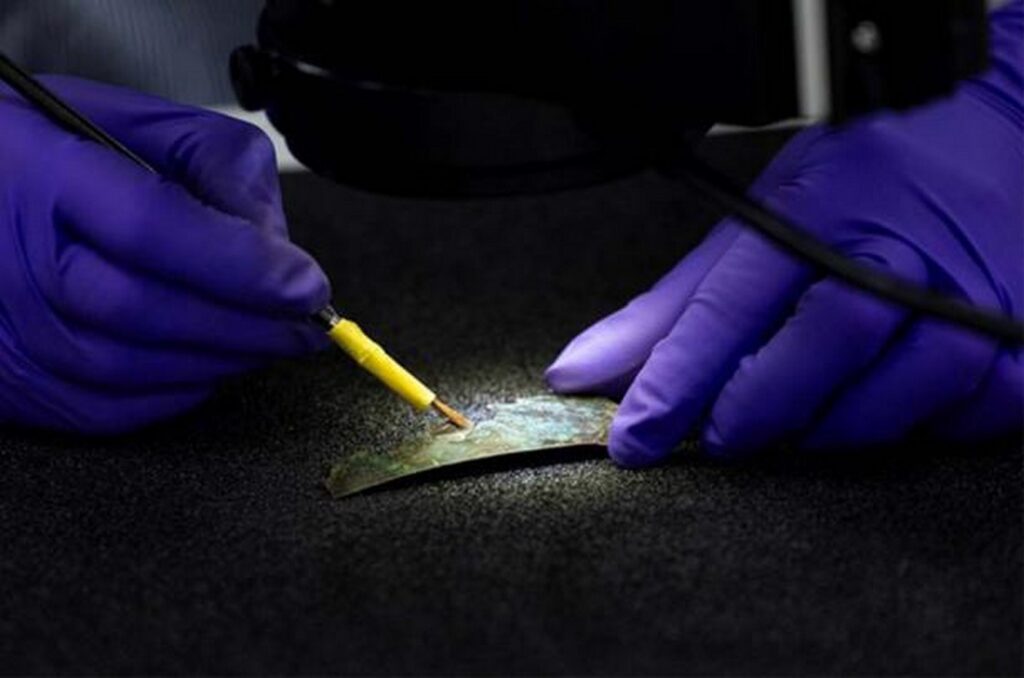
Exhibition and Legacy
After more than a century in storage, the reconstructed arm guard will be lent to the British Museum for an upcoming exhibition on life in the Roman army. This opportunity allows the artifact to be shared with a wider audience, highlighting its significance in understanding ancient Roman warfare and the legacy of Roman occupation in Scotland.


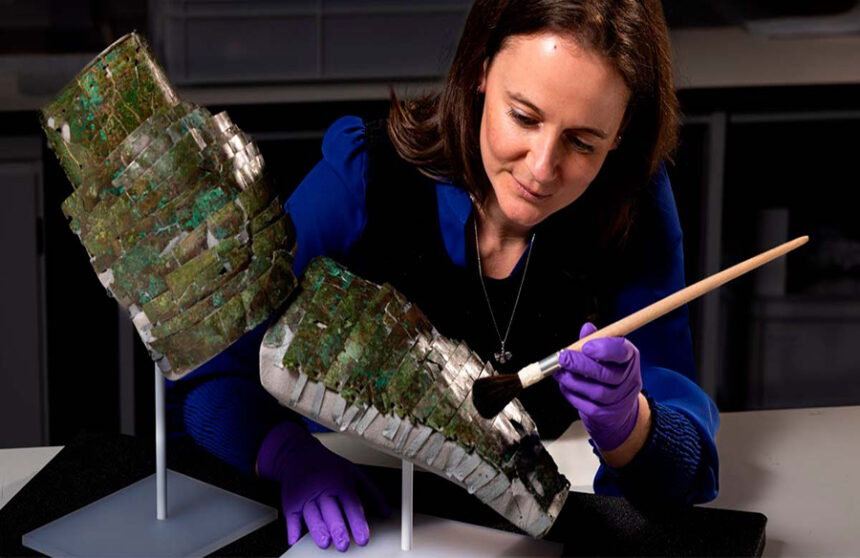
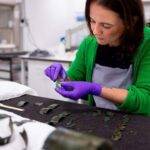
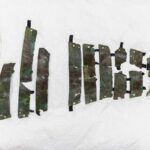
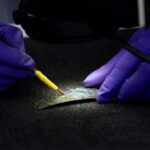
Leave a Reply